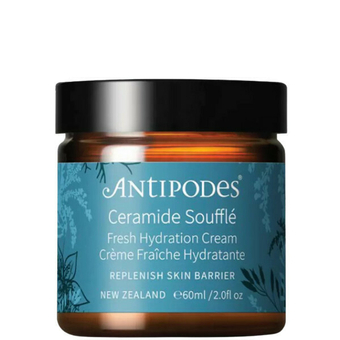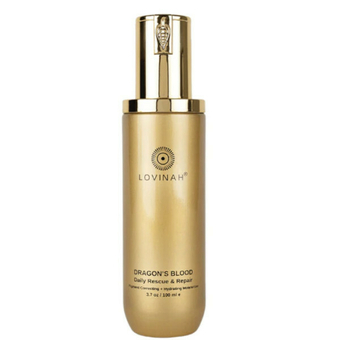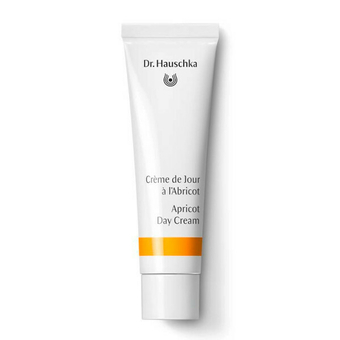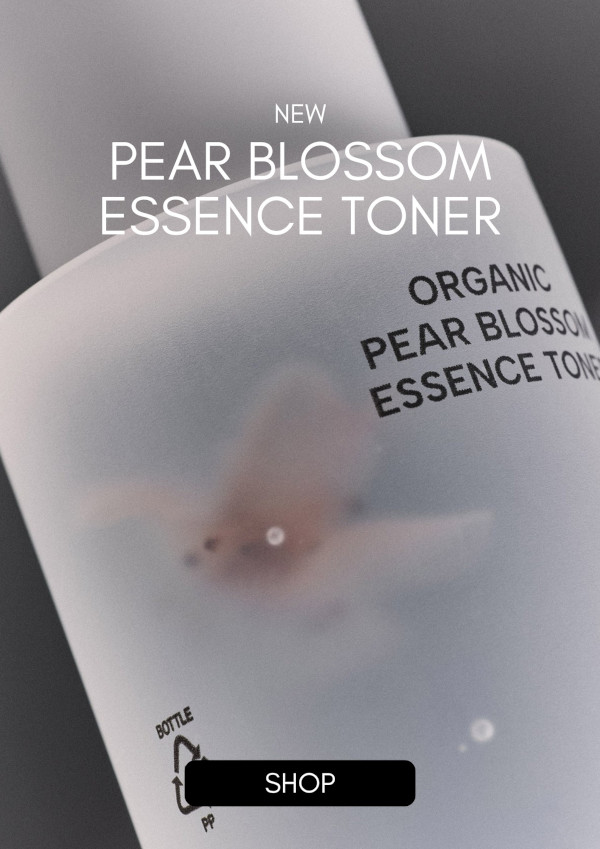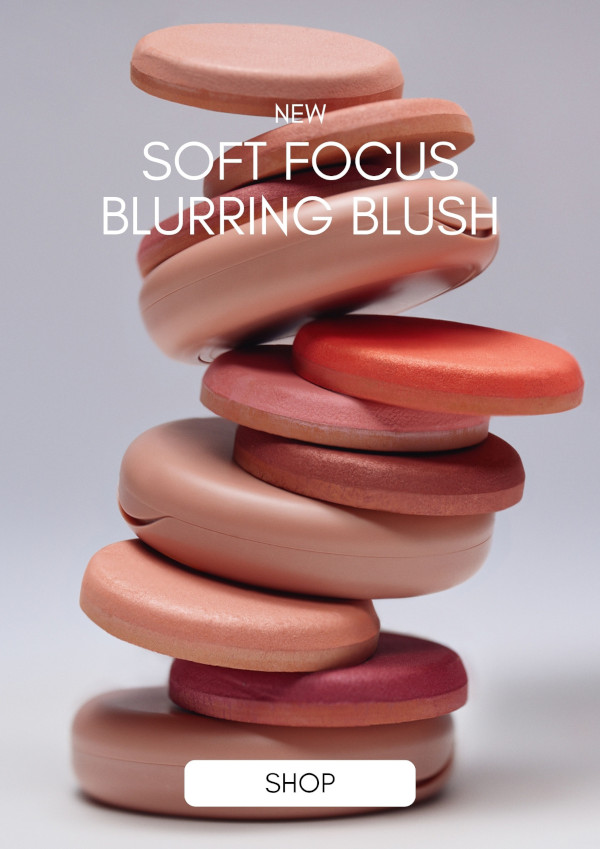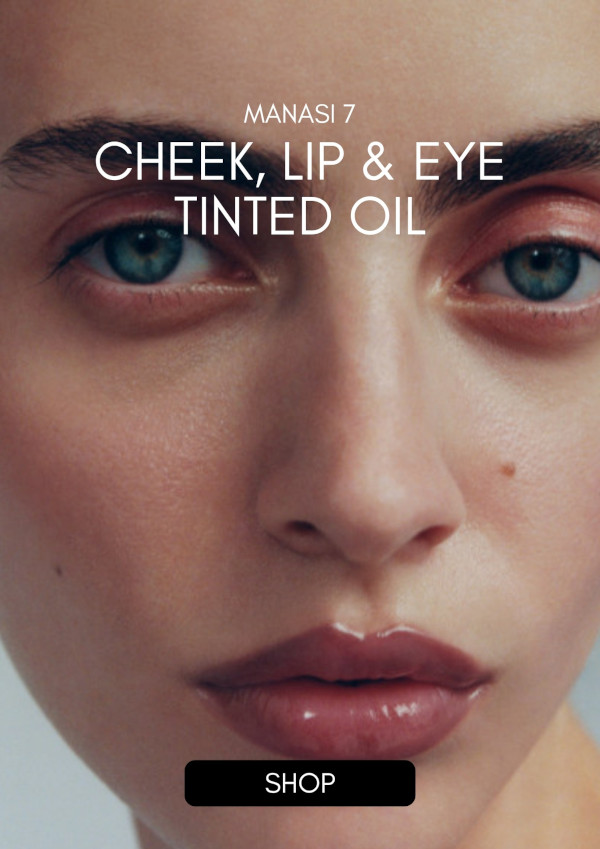Bestsellers
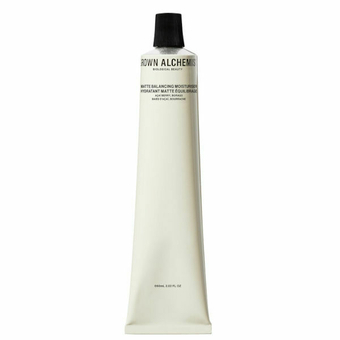 Grown Alchemist
Matte Balancing Moisturizer
57,00 €
Grown Alchemist
Matte Balancing Moisturizer
57,00 €
 Grown Alchemist
Regenerating Night Cream
94,00 €
Grown Alchemist
Regenerating Night Cream
94,00 €
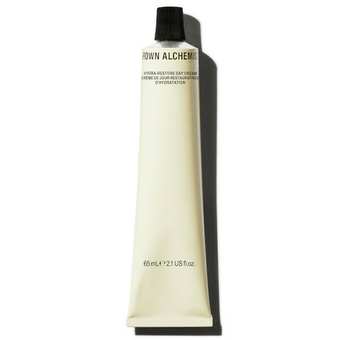 Grown Alchemist
Hydra-Restore Day Cream
39,00 €
Grown Alchemist
Hydra-Restore Day Cream
39,00 €
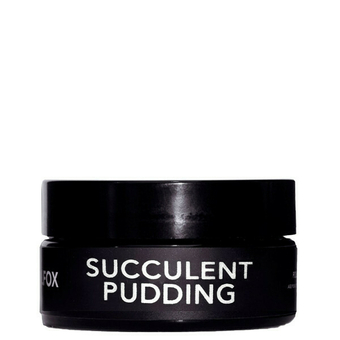 Lilfox
Succulent Pudding - Super Calm Emulsion
140,00 €
Lilfox
Succulent Pudding - Super Calm Emulsion
140,00 €
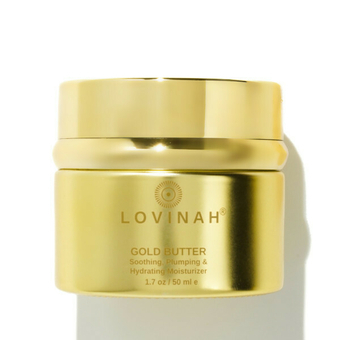 Lovinah
Gold Butter - Soothing & Plumping Moisturizer
145,00 €
Lovinah
Gold Butter - Soothing & Plumping Moisturizer
145,00 €
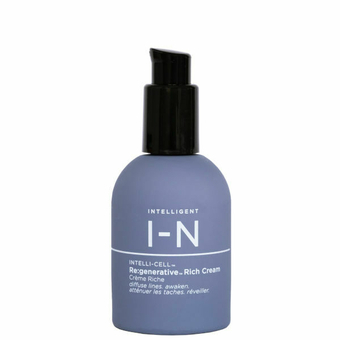 I-N Intelligent Nutrients
Re:generative Rich Cream
85,00 €
I-N Intelligent Nutrients
Re:generative Rich Cream
85,00 €
 Tata Harper
Superkind Calming Crème
Tata Harper
Superkind Calming Crème
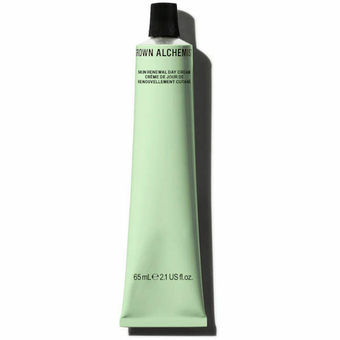 Grown Alchemist
Skin Renewal Day Cream
55,00 €
Grown Alchemist
Skin Renewal Day Cream
55,00 €
 LESSE
Essential Moisturizer - Rejuvenating Tremella & …
170,00 €
LESSE
Essential Moisturizer - Rejuvenating Tremella & …
170,00 €
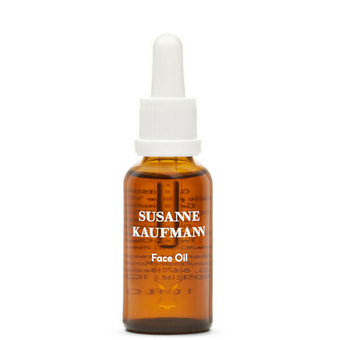 Susanne Kaufmann
Face Oil
75,00 €
Susanne Kaufmann
Face Oil
75,00 €
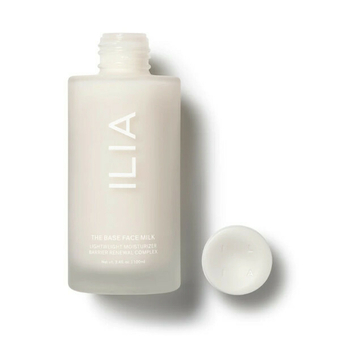 Ilia
The Base Face Milk - Facial essence + Lightweight …
68,00 €
Ilia
The Base Face Milk - Facial essence + Lightweight …
68,00 €
 Manasi 7
Microbioskin Botanical Multi Balm - Kaede
70,00 €
Manasi 7
Microbioskin Botanical Multi Balm - Kaede
70,00 €
 Antipodes
MAYA Hyaluronic 72 Hour Hydration Serum
45,00 €
Antipodes
MAYA Hyaluronic 72 Hour Hydration Serum
45,00 €
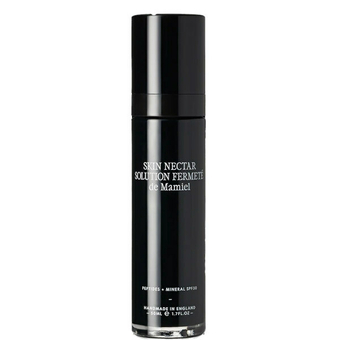 de Mamiel
Skin Nectar SPF30
120,00 €
de Mamiel
Skin Nectar SPF30
120,00 €
 Oryza Lab
Essential face cream
61,00 €
Oryza Lab
Essential face cream
61,00 €
 Silkbiotic
Intensive Repair Cream
54,90 €
Silkbiotic
Intensive Repair Cream
54,90 €
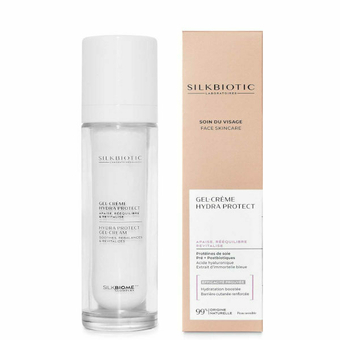 Silkbiotic
Hydra Protect Gel-cream
49,90 €
Silkbiotic
Hydra Protect Gel-cream
49,90 €
 Huygens
Lifting & Firming Collagen Cream
49,00 €
Huygens
Lifting & Firming Collagen Cream
49,00 €
 Huygens
Regenerating Soothing Cream
42,90 €
Huygens
Regenerating Soothing Cream
42,90 €
 Minimaliste
Super ingredients cream
35,90 €
Minimaliste
Super ingredients cream
35,90 €
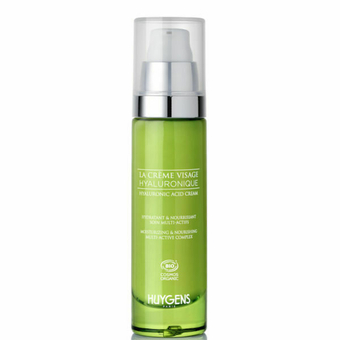 Huygens
Hyaluronic Acid Cream
42,90 €
Huygens
Hyaluronic Acid Cream
42,90 €
 Huygens
Supernature Face cream
29,90 €
Huygens
Supernature Face cream
29,90 €
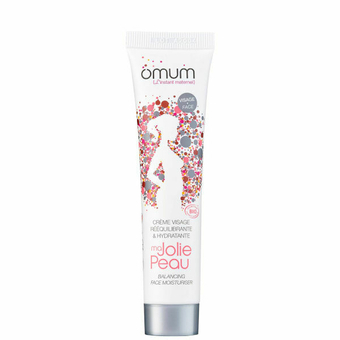 Omum
Ma Jolie Peau - Balancing face moisturiser
26,90 €
Omum
Ma Jolie Peau - Balancing face moisturiser
26,90 €
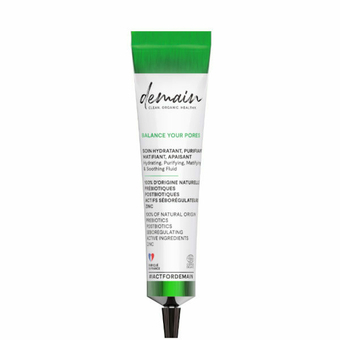 Demain Beauty
Balance Your Pores - Purifying & hydrating fluid
29,00 €
Demain Beauty
Balance Your Pores - Purifying & hydrating fluid
29,00 €
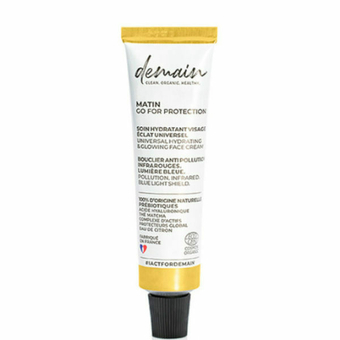 Demain Beauty
Go For Protection - Universal Hydrating & Glowing …
42,00 €
Demain Beauty
Go For Protection - Universal Hydrating & Glowing …
42,00 €
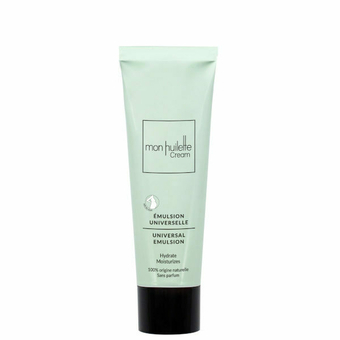 Les Huilettes
CREAM - Universal Emulsion
30,00 €
Les Huilettes
CREAM - Universal Emulsion
30,00 €
 Huygens
Supernature Moisture Gel-Cream
29,90 €
Huygens
Supernature Moisture Gel-Cream
29,90 €
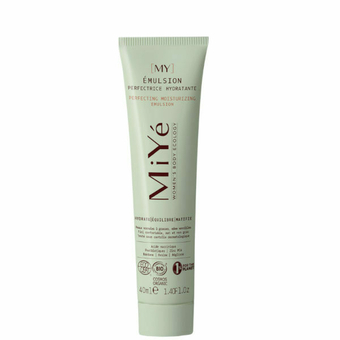 Miyé
Moisturizing Perfecting Emulsion
from 15,00 €
Miyé
Moisturizing Perfecting Emulsion
from 15,00 €
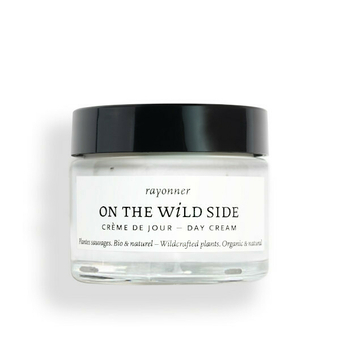 On The Wild Side
Day cream
49,00 €
On The Wild Side
Day cream
49,00 €
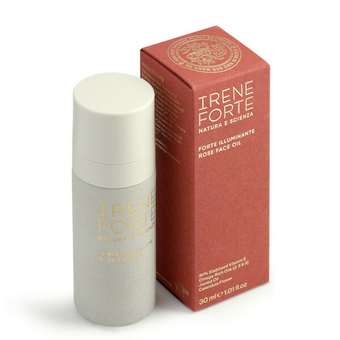 Irene Forte
Forte Illuminante Rose Face Oil
135,00 €
Irene Forte
Forte Illuminante Rose Face Oil
135,00 €
 Grown Alchemist
Hydra-Repair Intensive Day Cream
63,00 €
Grown Alchemist
Hydra-Repair Intensive Day Cream
63,00 €
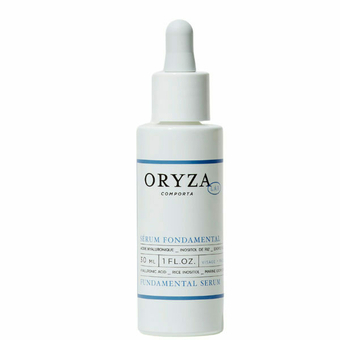 Oryza Lab
Fundamental Serum
57,00 €
Oryza Lab
Fundamental Serum
57,00 €
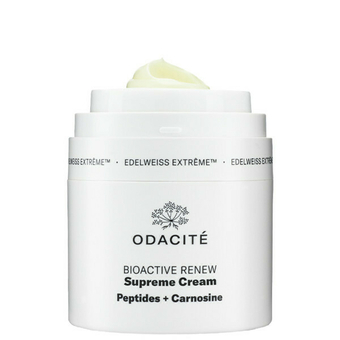 Odacité
Bioactive Renew Supreme Cream Edelweiss Extrême™
85,00 €
Odacité
Bioactive Renew Supreme Cream Edelweiss Extrême™
85,00 €
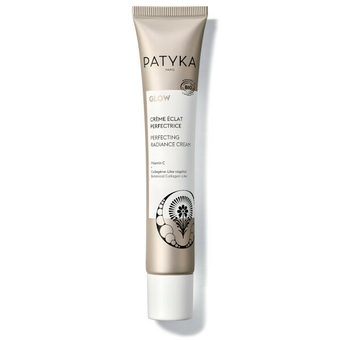 Patyka
Perfecting Radiance Cream
34,90 €
Patyka
Perfecting Radiance Cream
34,90 €
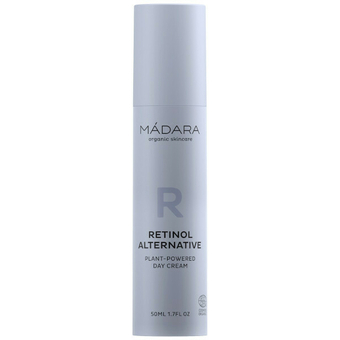 Mádara
Retinol Alternative - Plant-Powered Day Cream
54,95 €
Mádara
Retinol Alternative - Plant-Powered Day Cream
54,95 €
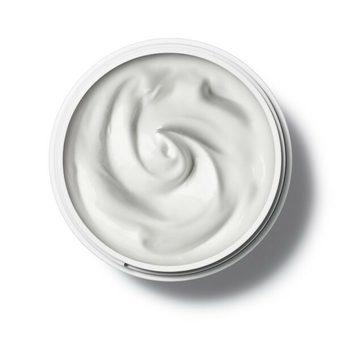 Manasi 7
Microbioskin Botanical Face Cream - Furora
65,00 €
Manasi 7
Microbioskin Botanical Face Cream - Furora
65,00 €
 Seed to Skin
The Light Source - Advanced Targeted Day …
307,00 €
Seed to Skin
The Light Source - Advanced Targeted Day …
307,00 €
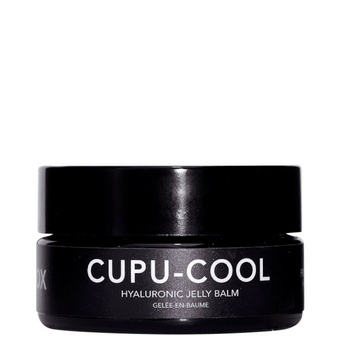 Lilfox
Cupu Cool - Hyaluronic Jelly Balm
150,00 €
Lilfox
Cupu Cool - Hyaluronic Jelly Balm
150,00 €
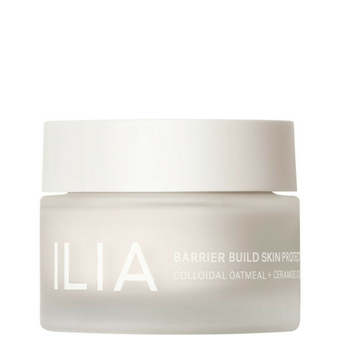 Ilia
Barrier Build Skin Protectant Cream
75,00 €
Ilia
Barrier Build Skin Protectant Cream
75,00 €
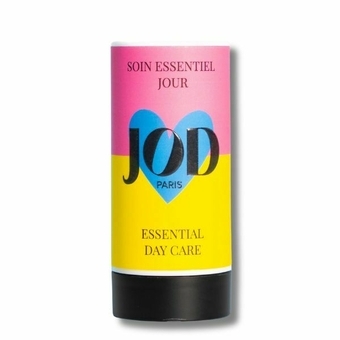 Jod
Essential Day Care
48,00 €
Jod
Essential Day Care
48,00 €
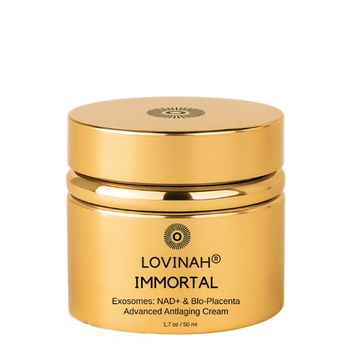 Lovinah
Immortal - Advanced Antiaging Cream
165,00 €
Lovinah
Immortal - Advanced Antiaging Cream
165,00 €
 On The Wild Side
Light day cream
49,00 €
On The Wild Side
Light day cream
49,00 €
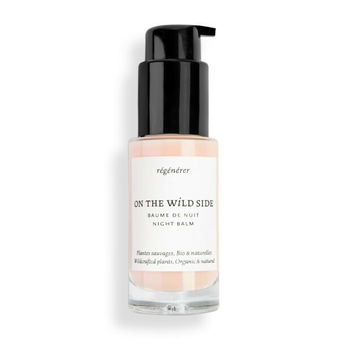 On The Wild Side
Night balm
47,00 €
On The Wild Side
Night balm
47,00 €
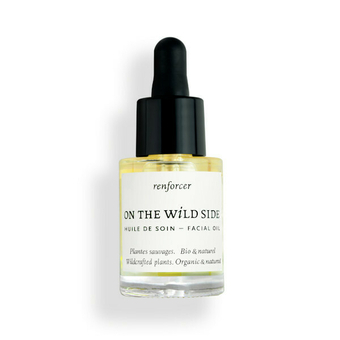 On The Wild Side
Facial oil
39,00 €
On The Wild Side
Facial oil
39,00 €
 Irene Forte
Forte Illuminante Lavender Face Cream
150,00 €
Irene Forte
Forte Illuminante Lavender Face Cream
150,00 €
 L:a Bruket
Glow Moisturising Gel 324
52,00 €
L:a Bruket
Glow Moisturising Gel 324
52,00 €
 Mimétique
Skin Restore - Firming Face Cream
66,00 €
Mimétique
Skin Restore - Firming Face Cream
66,00 €
Why use an organic, natural face moisturizer?
The epidermis is your skin’s frontline — constantly exposed to the elements — so it deserves protection to keep its elasticity and tone. As we age, skin loses water and can become dry regardless of skin type. Chronic dehydration accelerates the appearance of fine lines, reduces suppleness and may promote pigmentation irregularities. A well-formulated moisturizer restores comfort, seals in hydration and builds a protective barrier against daily aggressors.
How to choose the right clean face moisturizer
Hydration is non-negotiable in a natural skincare routine — you can never go wrong with it, at any age. A moisturizer is a key ally in preventing visible signs of aging.
Choose a texture and formula that match your skin’s needs and the season: you probably won’t use the same cream all year. Think richer formulations for winter, broad-spectrum protection for summer, lighter balancing textures for spring and deeply hydrating options for autumn.
Also select a day cream according to fragrance preference, texture (from ultra-light to sumptuous) and packaging (jar, tube or pump) — packaging affects both user experience and product longevity.
Which moisturizer suits my skin?
- For combination, dehydrated, oily or masculine skin: lightweight fluids and gels absorb quickly, avoid greasiness and make subsequent makeup application effortless.
- Creams are versatile and can suit most skin types, including oily skin when wisely formulated.
- For dry, dehydrated skin exposed to cold, wind or harsh weather, balms and richer creams deliver emollients and occlusive agents that reinforce the skin’s barrier and lock in moisture.
Available textures for an organic face cream
- fluids: watery, feather-light textures that sink in immediately.
- gels: fresh, airy textures that give an immediate cooling sensation on application.
- creams: indulgent, cushiony textures that strengthen the skin barrier and prevent transepidermal water loss.
- balms: rich, dense textures that nourish deeply and restore the hydrolipidic film.
Packaging options for a natural day cream
- jars: glass or plastic options that are easy to recycle; some jars are refillable to reduce waste.
- tubes: available in recyclable plastic, PCR plastic or aluminum — aluminum offers virtually infinite recyclability.
- pump bottles (airless): glass or airless plastic formats that protect formula integrity from air exposure and avoid fingertip contamination; they can be disassembled for recycling.
Day cream vs night cream — what’s the difference?
day cream creates a protective barrier against pollution and external stressors, helps prevent premature cellular ageing caused by free radicals and provides the hydration needed for a healthy, radiant daytime complexion.
night cream focuses on detox and repair: it helps clear residual impurities and supports nocturnal cell renewal so you wake with a brighter, more rested complexion.
Why include a facial oil in my hydration routine?
facial oils are ideal for evening routines. Applied as the last step, an oil seals serums and creams beneath it, preserving hydration and restoring elasticity and bounce across all skin types. Oils also enrich creams seasonally — adding targeted nourishment when needed — and provide excellent slip for facial massage tools (jade rollers, gua-sha stones). Regular massage helps counteract sagging, boosts radiance and stimulates microcirculation.
What ingredients are you unlikely to find in a natural, organic moisturizer?
- propylene glycol (PPG): a petrochemical humectant and carrier used in conventional formulations.
- mineral oils: inexpensive petrochemical lipids with no nutritive value for skin and a tendency to be comedogenic — natural formulas favour vegetable oils as lipid sources.
- silicones: texture agents that give a smoothing effect but can clog pores and create a film over the skin.
- polyethylene glycols (PEGs): petroleum-derived thickeners commonly used in conventional creams.
- parabens: antimicrobial preservatives that can be sensitising; they are avoided in many natural and organic formulations.
How to apply your face moisturizer correctly
apply moisturizer after cleansing and serum application, morning and evening. Use a spatula to take a pea-sized amount from a jar, or one to one-and-a-half pumps from an airless bottle for the face and neck.
apply with gentle, upward movements — never rub — to counteract the effects of gravity and age-related loss of firmness.
Why use an organic, natural face moisturizer?
The epidermis is your skin’s frontline — constantly exposed to the elements — so it deserves protection to keep its elasticity and tone. As we age, skin loses water and can become dry regardless of skin type. Chronic dehydration accelerates the appearance of fine lines, reduces suppleness and may promote pigmentation irregularities. A well-formulated moisturizer restores comfort, seals in hydration and builds a protective barrier against daily aggressors.
How to choose the right clean face moisturizer
Hydration is non-negotiable in a natural skincare routine — you can never go wrong with it, at any age. A moisturizer is a key ally in preventing visible signs of aging.
Choose a texture and formula that match your skin’s needs and the season: you probably won’t use the same cream all year. Think richer formulations for winter, broad-spectrum protection for summer, lighter balancing textures for spring and deeply hydrating options for autumn.
Also select a day cream according to fragrance preference, texture (from ultra-light to sumptuous) and packaging (jar, tube or pump) — packaging affects both user experience and product longevity.
Which moisturizer suits my skin?
- For combination, dehydrated, oily or masculine skin: lightweight fluids and gels absorb quickly, avoid greasiness and make subsequent makeup application effortless.
- Creams are versatile and can suit most skin types, including oily skin when wisely formulated.
- For dry, dehydrated skin exposed to cold, wind or harsh weather, balms and richer creams deliver emollients and occlusive agents that reinforce the skin’s barrier and lock in moisture.
Available textures for an organic face cream
- fluids: watery, feather-light textures that sink in immediately.
- gels: fresh, airy textures that give an immediate cooling sensation on application.
- creams: indulgent, cushiony textures that strengthen the skin barrier and prevent transepidermal water loss.
- balms: rich, dense textures that nourish deeply and restore the hydrolipidic film.
Packaging options for a natural day cream
- jars: glass or plastic options that are easy to recycle; some jars are refillable to reduce waste.
- tubes: available in recyclable plastic, PCR plastic or aluminum — aluminum offers virtually infinite recyclability.
- pump bottles (airless): glass or airless plastic formats that protect formula integrity from air exposure and avoid fingertip contamination; they can be disassembled for recycling.
Day cream vs night cream — what’s the difference?
day cream creates a protective barrier against pollution and external stressors, helps prevent premature cellular ageing caused by free radicals and provides the hydration needed for a healthy, radiant daytime complexion.
night cream focuses on detox and repair: it helps clear residual impurities and supports nocturnal cell renewal so you wake with a brighter, more rested complexion.
Why include a facial oil in my hydration routine?
facial oils are ideal for evening routines. Applied as the last step, an oil seals serums and creams beneath it, preserving hydration and restoring elasticity and bounce across all skin types. Oils also enrich creams seasonally — adding targeted nourishment when needed — and provide excellent slip for facial massage tools (jade rollers, gua-sha stones). Regular massage helps counteract sagging, boosts radiance and stimulates microcirculation.
What ingredients are you unlikely to find in a natural, organic moisturizer?
- propylene glycol (PPG): a petrochemical humectant and carrier used in conventional formulations.
- mineral oils: inexpensive petrochemical lipids with no nutritive value for skin and a tendency to be comedogenic — natural formulas favour vegetable oils as lipid sources.
- silicones: texture agents that give a smoothing effect but can clog pores and create a film over the skin.
- polyethylene glycols (PEGs): petroleum-derived thickeners commonly used in conventional creams.
- parabens: antimicrobial preservatives that can be sensitising; they are avoided in many natural and organic formulations.
How to apply your face moisturizer correctly
apply moisturizer after cleansing and serum application, morning and evening. Use a spatula to take a pea-sized amount from a jar, or one to one-and-a-half pumps from an airless bottle for the face and neck.
apply with gentle, upward movements — never rub — to counteract the effects of gravity and age-related loss of firmness.

